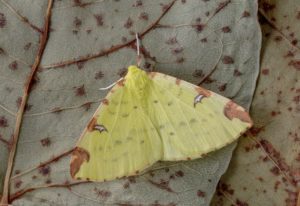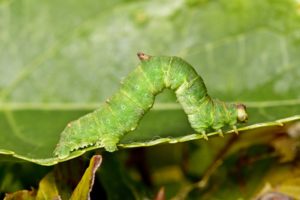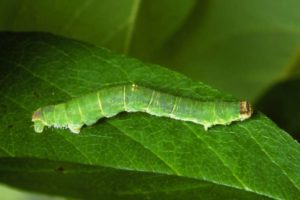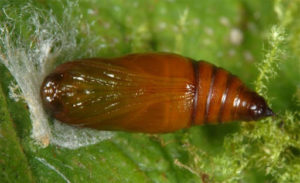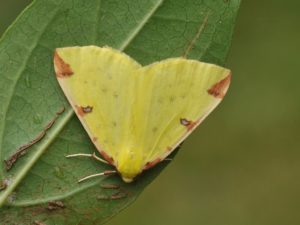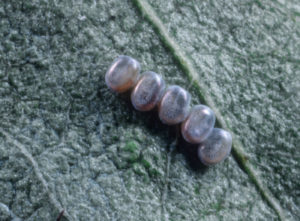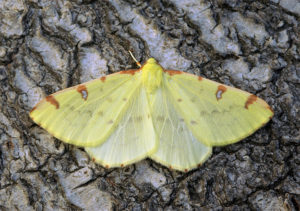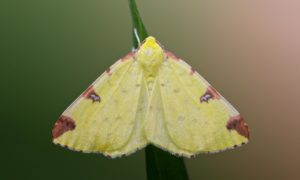Brimstone Moth (Opisthograptis luteolata)
The brimstone moth is a geometer moth, first described by the Swedish entomologist Carl Linnaeus in his book Systema Naturae‘s 10th editionin 1758.
cdn.pixabay.com
Scientific Classification
- Family: Geometridae
- Genus: Opisthograptis
- Scientific Name: Opisthograptis luteolata
Description and Identification
Adult Moth
Sexual Dimorphism: Present but not prominent.
Color and Appearance
Forewing: When the wings are open, they are bright yellow with brown patches and a brown-edged white stigma. When the wings are closed, the yellow color remains visible.
Hindwing: When the wings are open, they are similar to the yellow of the forewings with a dark discal dot and a faint grey postmedian line.When the wings are closed, the yellow color is still observable.
Average wingspan: 33–46 mm
Flight pattern: Erratic
Season: April to October
Quick Facts
| Distribution | Palearctic region and Western Asia |
| Habitat | Gardens, heathlands, scrubs, and woodlands |
| Lifespan of Adults | 8-9 months |
| Host Plants | Apple, birch, blackthorn, currant, hawthorn, rowan, shadbush, and willow. |
| Adult Diet | Does not feed |
Scientific Classification
- Family: Geometridae
- Genus: Opisthograptis
- Scientific Name: Opisthograptis luteolata

